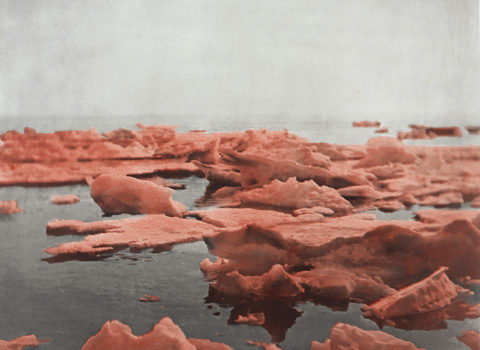Discussed in this essay:
Notes from the Fog by Ben Marcus. Knopf. 288 pages. $26.95.
A Girl’s Guide to Missiles: Growing up in America’s Secret Desert by Karen Piper. 336 pages. Viking. $27.
Sight by Jessie Greengrass. Hogarth. 208 pages. $21.
“How hard could it be,” a designer muses of one of her firm’s pet R&D projects, “to finally reach into people’s faces and claw away at what they were thinking.” If anyone can cure you of the rankly sentimental notion that all human creatures yearn to be understood, it may be a writer of fiction. Notes from the Fog (Knopf, $26.95), Ben Marcus’s…


































































































